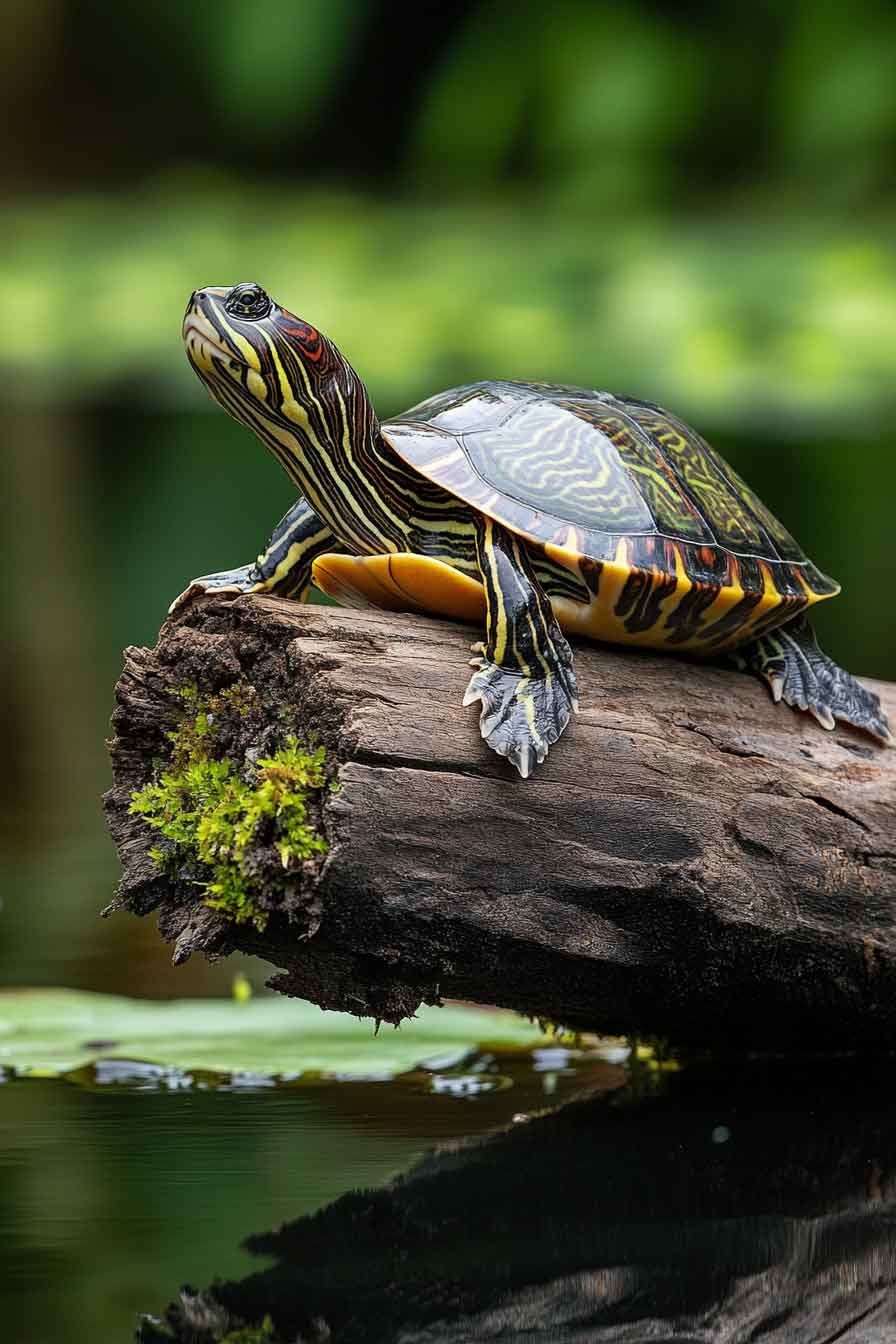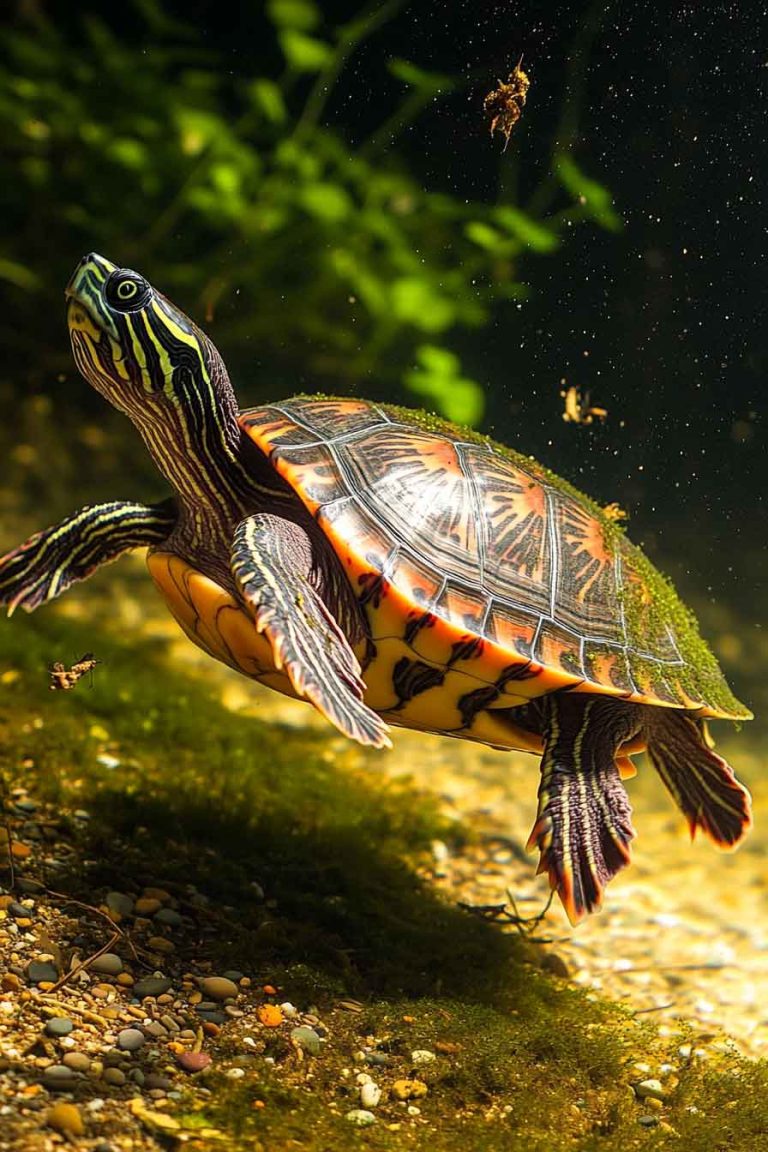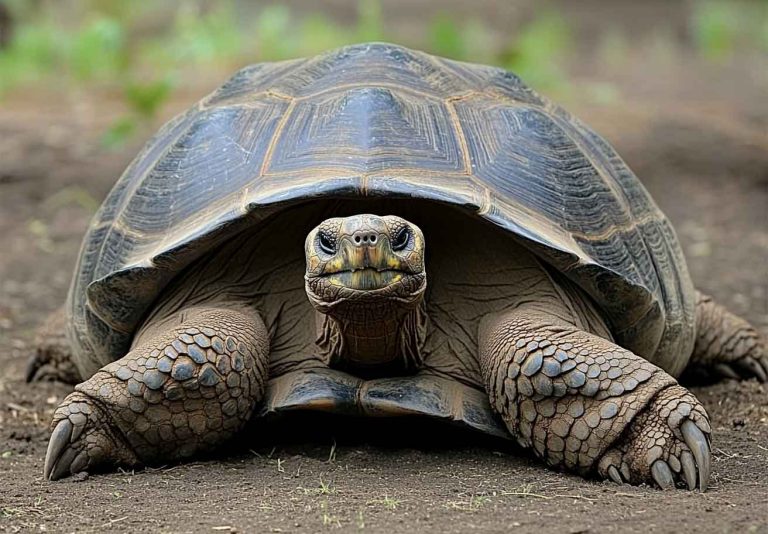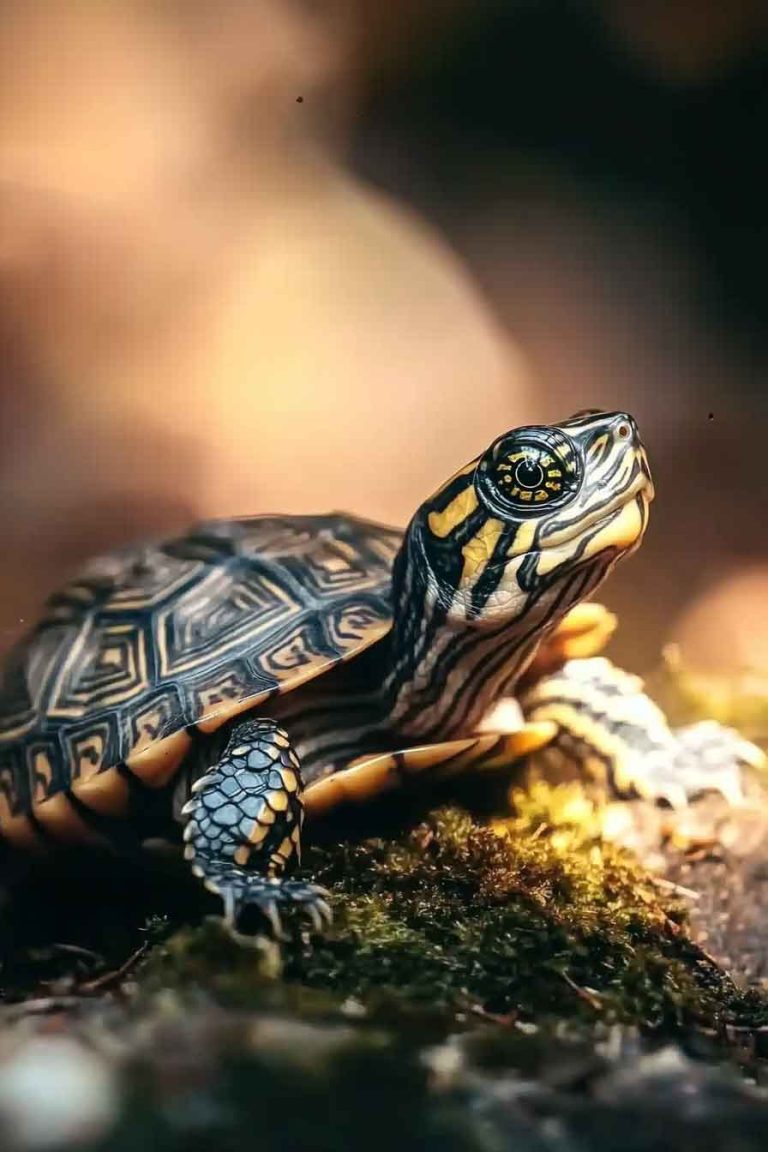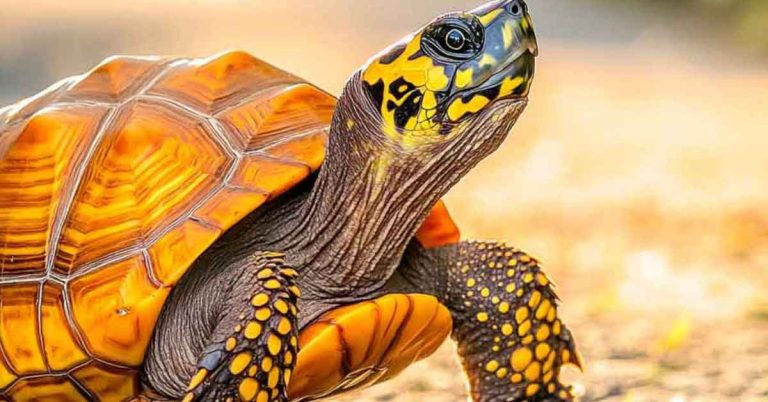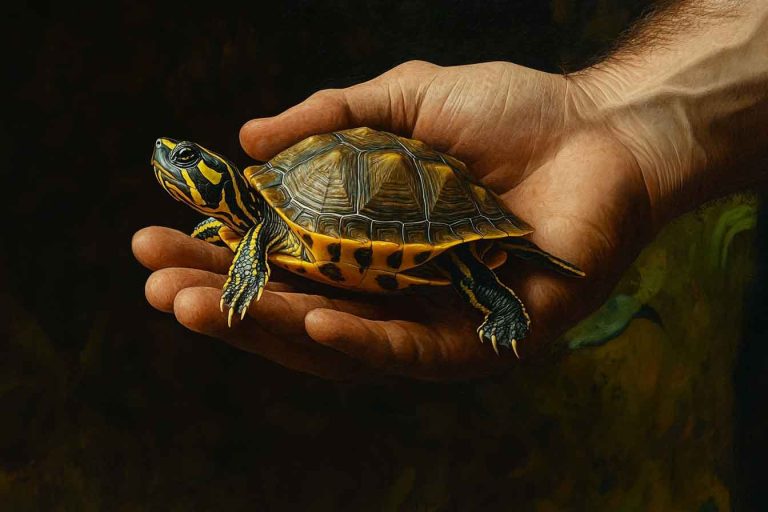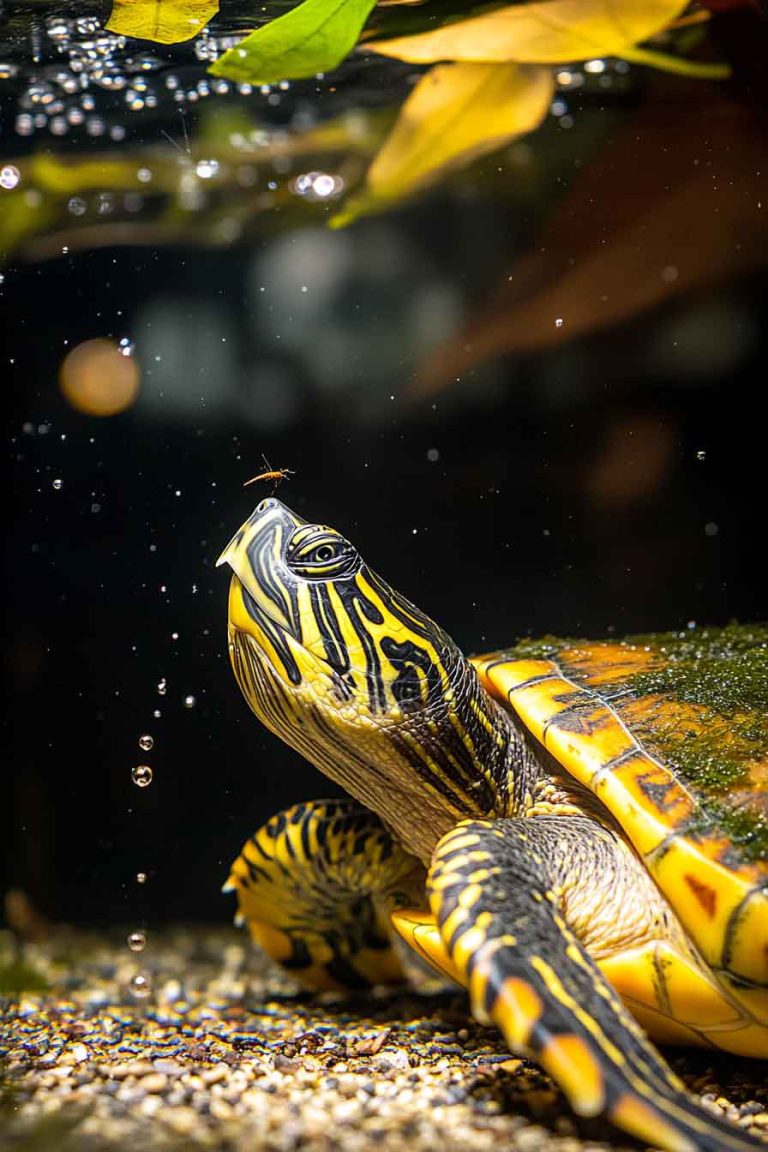Red-Eared Slider Not Eating? Causes & Proven Solutions for Turtle Owners
Has your red-eared slider suddenly stopped eating? I know how stressful that can feel. The first time it happened to mine, I thought something was seriously wrong—I mean, food is life, right? But over the years of raising turtles, I’ve learned that appetite changes are more common than you’d expect. And yes, they can be…
Has your red-eared slider suddenly stopped eating? I know how stressful that can feel. The first time it happened to mine, I thought something was seriously wrong—I mean, food is life, right? But over the years of raising turtles, I’ve learned that appetite changes are more common than you’d expect. And yes, they can be fixed.
So in this post, I’ll walk you through every possible reason why your red-eared slider isn’t eating, what signs to look for, and what steps I personally take to solve it. Trust me, once you understand your turtle’s behavior, the solutions become a lot more clear.
Let’s get into it.
Can Red-Eared Sliders Go Off Food?
Yes, absolutely. And while it might feel alarming at first, it doesn’t always mean there’s a medical emergency. These turtles can be moody eaters—sometimes they’ll skip meals because the water temperature is off, they’re stressed from a recent tank cleaning, or even because they’re bored of their food.
I remember once going three days without seeing my slider touch a thing. I tried pellets, greens, even live food—nothing worked. But instead of jumping to conclusions, I started observing more closely, and that’s when I realized the basking lamp had blown out. Turns out, low temps were messing with his appetite.
The key is to look at the bigger picture—tank conditions, food variety, and behavior changes. Red-eared sliders are smart and sensitive, and any small disruption can throw them off.
How Long Can a Red-Eared Slider Go Without Eating?
In my experience, a healthy adult slider can go without food for about a week, sometimes even two, without major problems. Hatchlings, on the other hand, don’t have that luxury. They need more frequent meals for proper growth, so if a baby slider skips more than a day or two, I treat that as a red flag.
Still, even adults shouldn’t be fasting often. If your turtle’s going more than 5–7 days without eating and you’ve ruled out the basic issues, that’s when I’d suggest getting a vet involved—especially if there are other signs like sluggish movement, swollen eyes, or shell discoloration.

Common Reasons Why Your Red-Eared Slider Isn’t Eating
Alright, let’s break this down. Below are the most common reasons I’ve seen (and dealt with personally) when a red-eared slider refuses food.
1. Water Temperature Is Too Low
This is a big one. Sliders are cold-blooded, which means their body function depends entirely on the surrounding temperature. If the water drops below 75°F (24°C), they’ll become lethargic and lose their appetite.
I always keep my water temp around 78–80°F for adults, and slightly higher for hatchlings. A good aquarium heater is a must—I learned that the hard way.
2. No Proper Basking Spot
Turtles need to dry off and warm up under a heat lamp. Without a proper basking area, they can’t digest food efficiently.
If your turtle’s skipping meals, check the basking zone. Is it warm enough? Ideally, it should be around 90–95°F (32–35°C). I use an infrared thermometer to monitor this weekly.
3. Stress From Environment Changes
Did you just change the tank layout? Add new decorations? Move the turtle to a different room? Even cleaning the tank can stress them out.
Turtles aren’t big fans of sudden change. I’ve found that mine tends to sulk for a day or two after a big adjustment—and that includes skipping meals. When this happens, I give him space, turn off the lights a bit earlier, and avoid over-handling.
4. Illness or Parasites
This is one of the more serious possibilities—and one I don’t take lightly. If your turtle hasn’t eaten in days and also seems weak, has puffy eyes, is wheezing, or stays at the bottom of the tank all day, it could be sick.
When my slider once developed a respiratory infection, the first sign was a sudden lack of appetite. He’d just float listlessly and ignore food. If you’re seeing symptoms like these, I highly recommend seeing a reptile vet. Lack of eating combined with lethargy is usually a red flag.
5. Picky Eating or Boredom
Some turtles just get picky—yep, just like us. If you’ve been feeding the same pellets every day, your slider might start ignoring them out of boredom. I’ve had to switch up the menu now and then just to keep things interesting.
Here’s what I rotate between:
- High-quality commercial pellets (staple diet)
- Leafy greens like romaine, red leaf, and dandelion
- Occasional fruits like berries (in moderation)
- Protein treats: dried shrimp, bloodworms, boiled chicken, or feeder fish
Sometimes, just tossing in a wriggling worm will reignite their hunting instinct and get them excited to eat again.
6. Shedding or Hormonal Behavior
Did you know turtles can act weird when they’re shedding or going through hormonal changes? I didn’t either—until my male slider went through a moody phase where he refused food, scratched at the tank constantly, and swam like he was looking for something.
If your turtle is shedding scutes (the outer layers of their shell), or it’s mating season (usually spring or fall), this might be the culprit. These phases usually pass on their own in a week or two. I don’t force-feed or panic—just keep the environment stable and offer food daily.
7. Poor Water Quality
Let’s be real—dirty water can turn any turtle off. If ammonia or nitrate levels are high, your slider might not feel well enough to eat. I once went too long without a water change and noticed my turtle getting sluggish and refusing food. Once I cleaned the tank and did a proper filter rinse, he bounced back the next day.
I now test my tank water weekly with a test kit and aim to keep:
- Ammonia: 0 ppm
- Nitrite: 0 ppm
- Nitrate: under 40 ppm
- pH: around 6.5–8.0
What To Do When Your Red-Eared Slider Won’t Eat
Alright, let’s get into what you can actually do—step-by-step. This is what I do any time my turtle skips a meal or two:
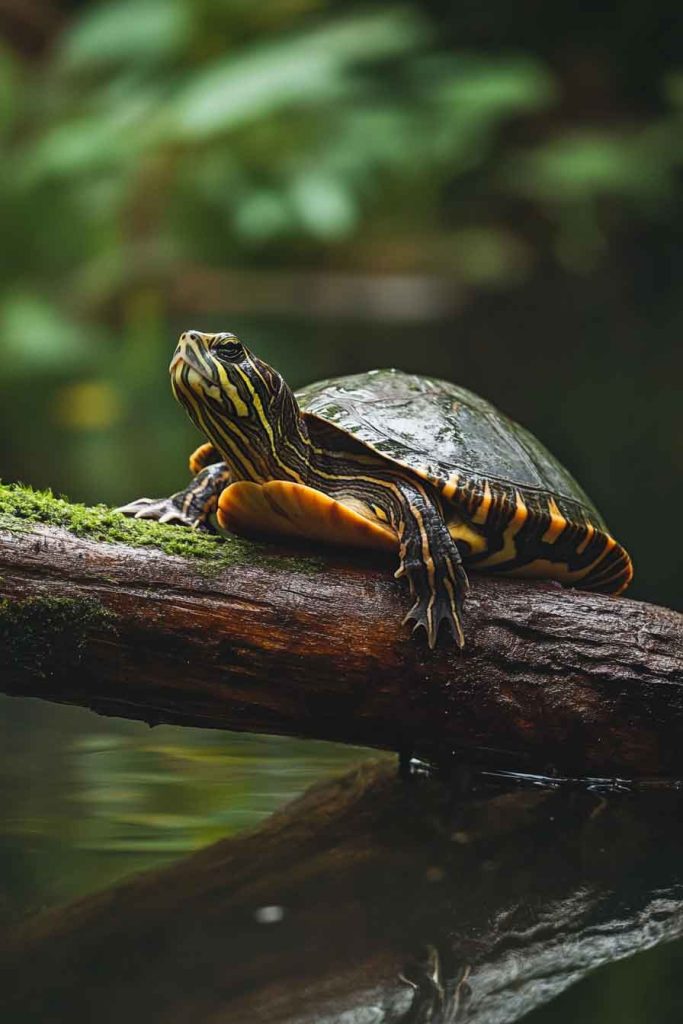
Step 1: Check Water and Basking Temps
Make sure water is warm (78–80°F) and basking spot is around 90–95°F. If temps are off, fix that first and give it 24–48 hours.
Step 2: Offer a Favorite Food
I’ll usually try a treat—like live worms, shrimp, or boiled chicken—just to tempt them. If that works, it’s often a sign that they were just bored or being picky.
Step 3: Limit Handling
Turtles don’t like being picked up all the time, especially when they’re stressed. I avoid handling them unless absolutely necessary while they’re not eating.
Step 4: Clean the Tank
Double-check water quality and filtration. A clean tank makes a huge difference in your turtle’s comfort and appetite.
Bonus Tips That Have Worked for Me
Here are a few extra things I’ve tried over the years that actually helped get my red-eared slider eating again:
- Soak pellets in tuna water. Just a tiny bit of tuna juice (no salt added) can make the food smell irresistible.
- Feed outside the tank. Some turtles prefer eating in a separate container—especially if tank mates are stressing them out.
- Use feeding tongs. I sometimes dangle a worm or piece of shrimp in front of my slider to simulate movement—it triggers their natural hunting response.
- Add UVB lighting. If your setup lacks a strong UVB source, your turtle might not be metabolizing calcium or vitamin D properly, which can lead to appetite loss. I use a 10.0 UVB bulb and change it every 6 months.
FAQ
1. How do I know if my red-eared slider is sick or just being picky?
Watch for signs beyond not eating—like closed or swollen eyes, wheezing, floating lopsided, or sitting still for hours. If you see any of these, I’d call a vet. If your turtle is active and alert, it’s more likely to be stress or boredom.
2. What food do red-eared sliders absolutely love?
In my experience, they go wild for live worms, dried shrimp, bloodworms, and tiny pieces of cooked chicken. Just don’t overdo the protein—too much can lead to shell issues.
3. Can red-eared sliders go into hibernation or brumation?
Yes, but only under very specific conditions (cool temperatures, seasonal shifts). If your turtle lives indoors with a stable environment, brumation is unlikely. Sudden lack of appetite in a warm tank is more often caused by stress or tank issues.
4. Should I force-feed my turtle?
Nope. I never recommend force-feeding unless a qualified reptile vet advises it. Turtles can go a few days without food, and most appetite issues resolve with environmental corrections.
Final Thoughts
If your red-eared slider isn’t eating, I get it—it’s scary. But in most cases, it’s not a crisis. It’s your turtle’s way of telling you something’s off, whether it’s the water temp, food choice, or a mood swing.
What’s worked best for me is staying calm, checking all the basics, and being patient. These little guys are tough, and once you figure out the root cause, they usually bounce right back.
Still stuck or need advice? Drop a comment below—I’d love to help however I can.

